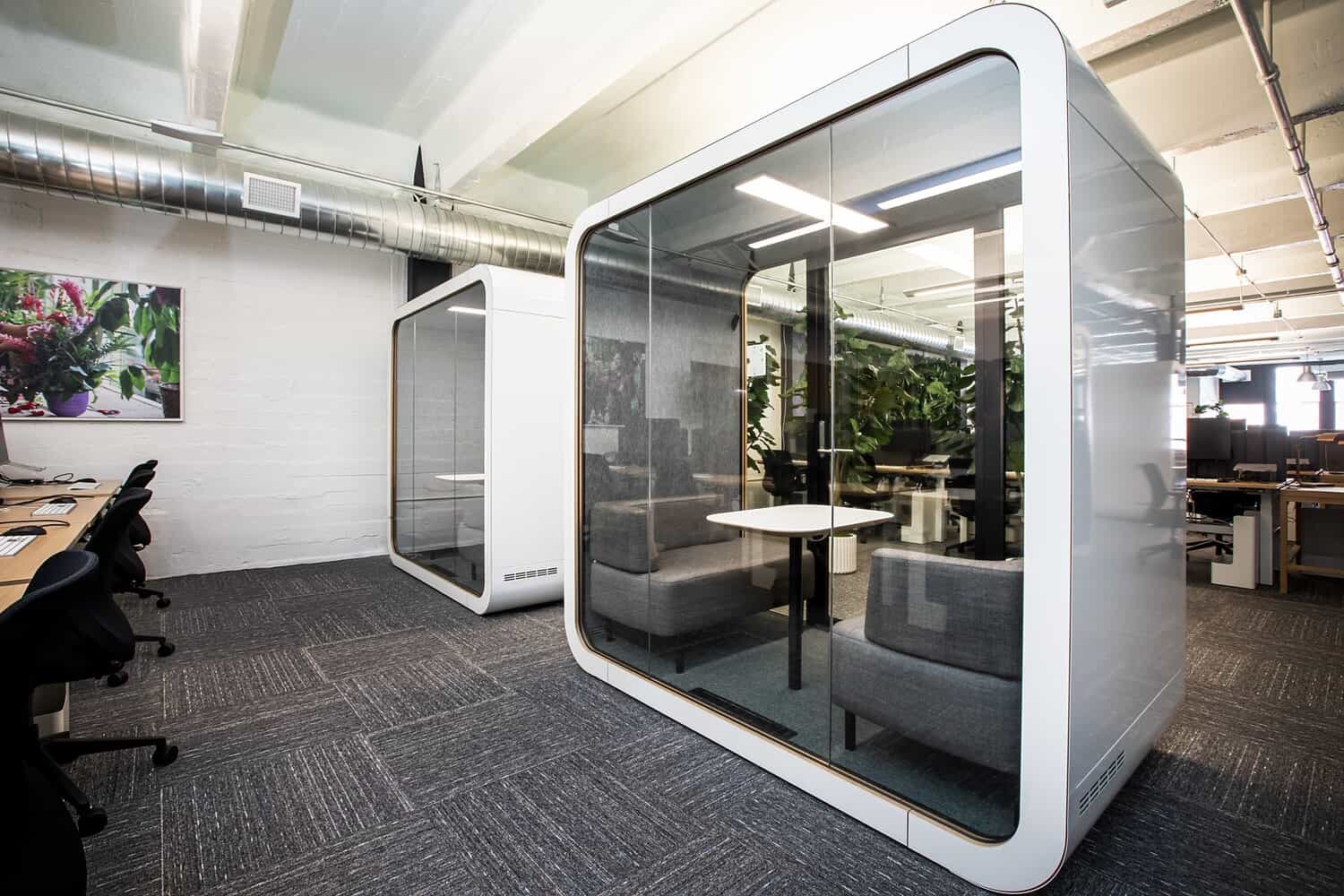

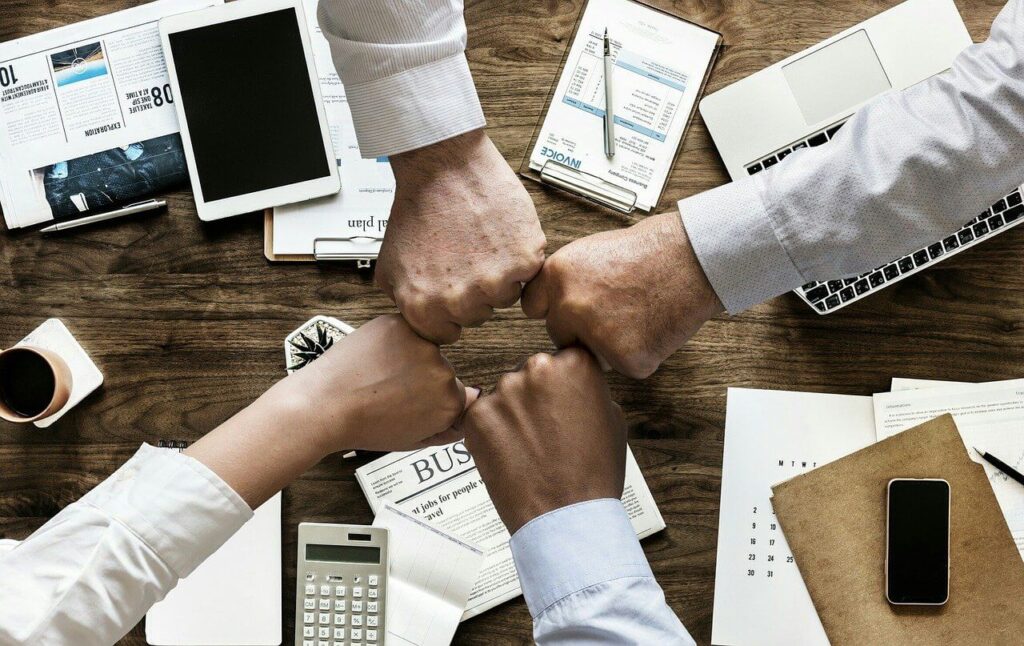
The era of the modern office design concept dawned on the world some time ago and is now quickly reaching its crux. Modern office designs are ever-popular, and employees are beginning to shy away from clinical traditional office spaces. This means that employers must adapt to maintain their top talent and client base.
Are you looking to change your office layout? Do you want to upgrade your office space? Do you need to find an innovative and exciting way to coax your employees back into an office space away from home?
Let’s see if we can help you with that.
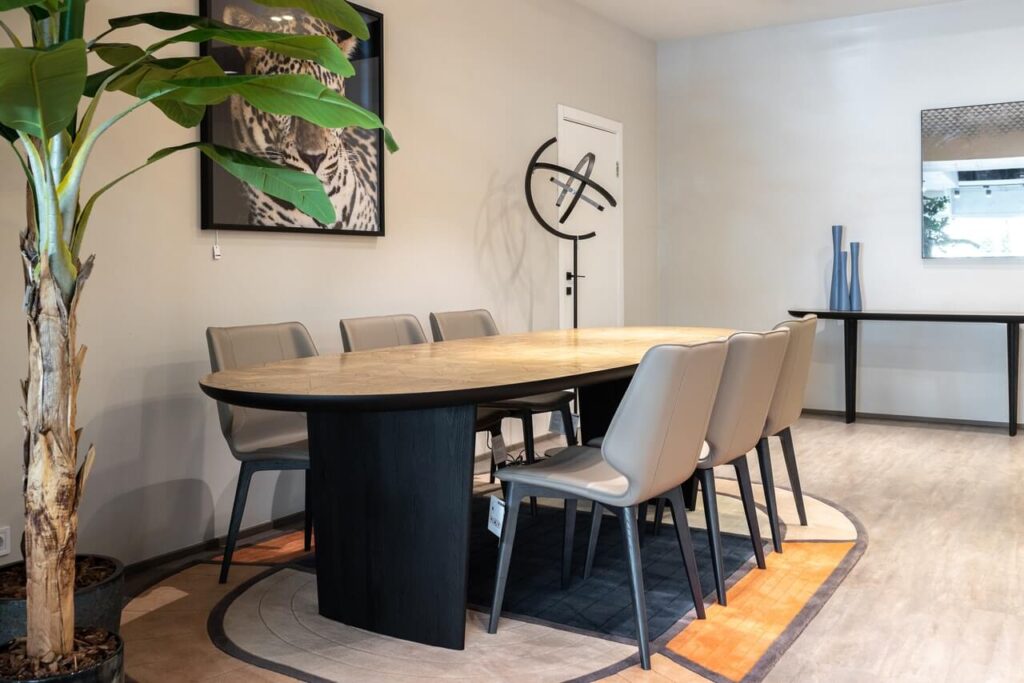
It is no secret that the global pandemic has changed the face of the workplace significantly, and judging by where we are now, almost three years down the line, we are unlikely to ever return to our old ways.
While some of us are still working from home permanently and have surrendered a designated space within our homes to serve as an office, others are returning to their regular offices. However, companies have needed to adapt to new sanitization standards and higher demand for employee wellness, health, and cleanliness around the office. Luckily, there have been some brilliant innovations to accommodate these needs, and a lot of that is showing up in modern office design concepts.
When we talk about modern office design, we need to acknowledge that even industrial office design concepts are beginning to incorporate more natural elements into the office environment. Interior design is no longer reserved only for the homes of the rich and famous but is crossing borders into the world of office spaces.
So, whether you are looking to upgrade your home office design, spice up your corporate office to accommodate on-and-off in-office working, or whether you are expecting employees to return to the office full-time, we have a few tips for you to smooth over the process of redesigning your modern office space.
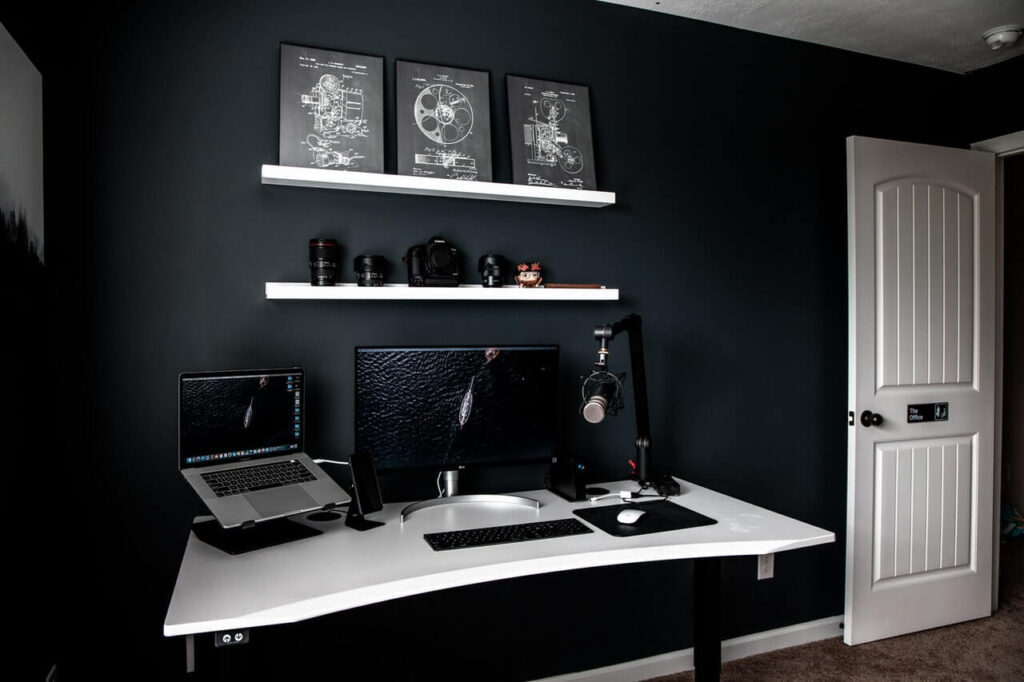
The reign of the private office is slowly coming to its end in the wake of the COVID pandemic. The effect of this has been two-fold.
Firstly, productivity has gone up. When working in shared spaces, employees tend to work more efficiently and motivate each other. Collaboration and idea-sharing go quicker, and moral support is readily available as soon as needed.
Secondly, workspaces are cleaner. This is because desks are cleared out once an employee finishes with them. Unfortunately, with an assigned desk, papers and personal effects often take up semi-permanent residence everywhere. This makes it very difficult for cleaners to thoroughly clean and sanitize a workspace. But with the new wave of hotdesking, clutter is kept to a minimum, and sanitization is effortless and fast.
The ever increasing demand for stress-free office spaces in which we can more easily remain productive throughout the workday has led to an emergence of emphasis on a design scheme that supports wellness as much as it does productivity because where wellness is abounding, productivity tends to follow naturally.
Modern office design calls for stress relieving elements and can even accommodate additions such as ping pong tables in breakrooms and meeting areas with coffee tables instead of boardroom tables. In the world of the modern office space, homage is paid to the natural jungle by bringing it into the concrete jungle that many of us call home. Office design for modern office space is full of water and plant life elements. Modern office design these days will always incorporate some degree of botanical elements.
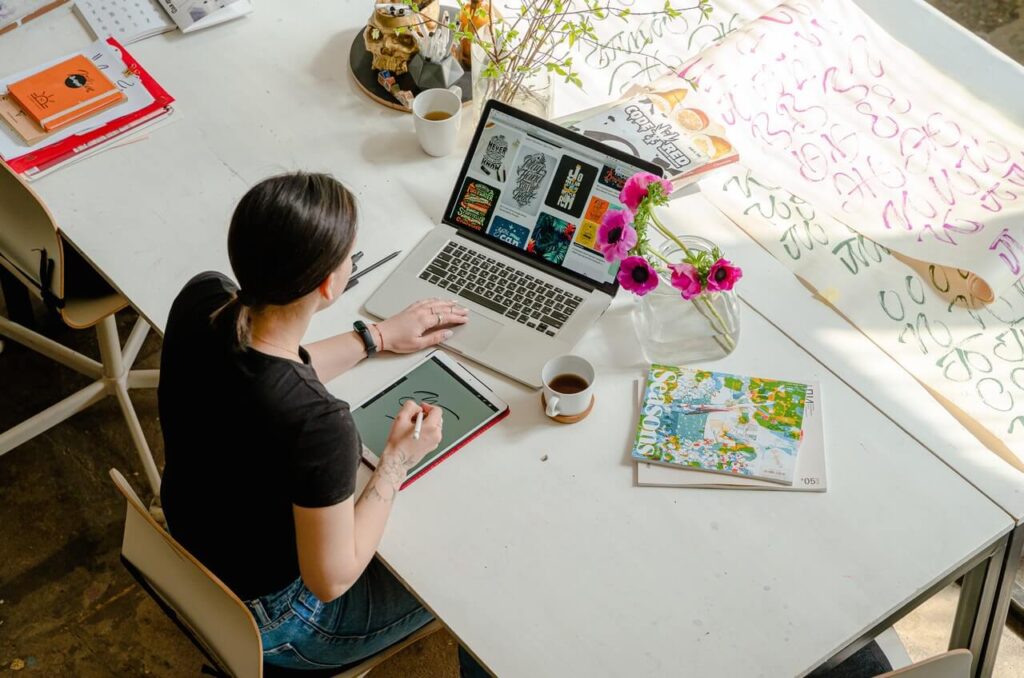
The popularity of working from home is reaching its pinnacle as the pandemic continues to drive us forward into an uncertain future. As a result, the requirement for home offices has dramatically increased.
While some businesses have required employees to return to the office permanently, others have taken a blended approach, allowing a portion of the week to require an on-site effort, where the remainder of the workweek is conducted from home. And yet, there are still some businesses that are downsizing their office spaces because employees now have the option to work from home permanently.
If your home office needs a design overview, then join us; maybe there are some ideas for you here as well.
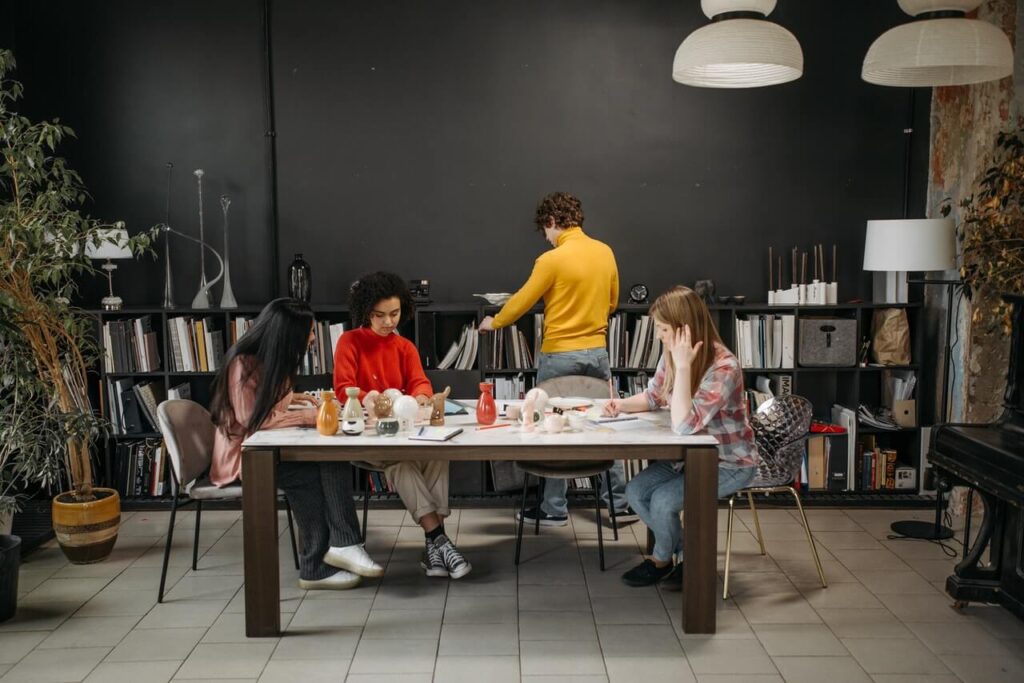
With the emergence of modern office design concepts, there has been an increased awareness of the connection between productivity and office design. In addition, we have realized that the traditional office design is filled with stereotypically bland ‘décor’ and old unclean office furniture that is too often bathed in artificial lights that produce sound in almost equal measures as light itself is not all that inspiring.
Employees are beginning to expect workplace design to be an essential consideration for their health and wellbeing. As a result, employers are finding that they need to step up their interior design in a modern office to meet the wellness requirements of their workforce.
There has been ample evidence provided in the last few years that the incorporation of biophilic design concepts increases productivity and wellbeing. More and more employers are thus incorporating elements such as natural light, water features, green walls, and exciting design elements into work environments.
Furthermore, many of us find that we need more space these days. The world is shrinking rapidly with the massive globalization efforts of the last 100 years, so space seems to be a scarce commodity these days. We need high ceilings; we need larger, more open meeting areas. We need to stimulate creativity if we want to brainstorm ideas successfully. We do not want to be chained to a specific desk. We want to see employees work together. And these are all goals that can be achieved through a modern office design concept.
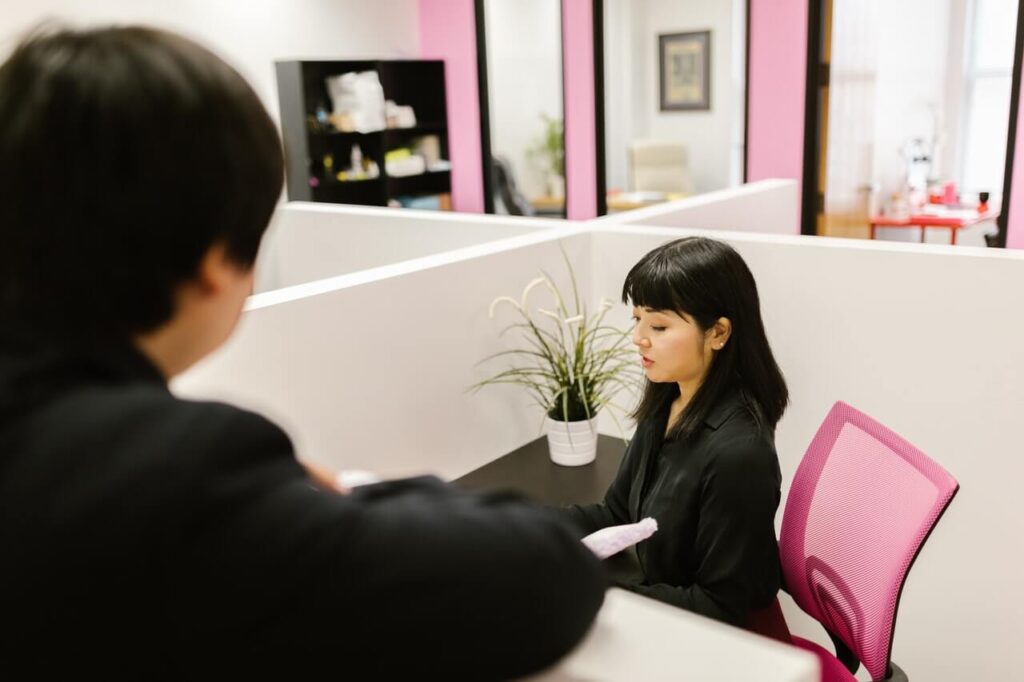
One particular point of contention in modern office design concepts is the open space vs. closed space office layout debate. Open office areas are ever-popular, and even the cubicle is dying out. Individuals share hotdesks, flexible workspaces, open desk designs, etc., in the modern office. However, there is still a need for the occasionally closed space.
Protecting personal client information is a genuine concern with open space offices. People working on different teams are working in shared spaces, which is not ideal when sensitive information needs to be discussed with clients. There are also times when a shared open space can serve as a distraction. Employees will occasionally need quiet areas to focus intently on a current task.
These factors have led most companies to adopt a flexible workspace approach where they cater for both openly shared space activities and private closed spaces where employees can go to work on sensitive information or when they need to focus.
One good in-between option has been glass walls or even collapsible walls. A modern office design calls for flexibility, and nothing screams flexibility like a completely flexible workspace where walls can appear and disappear as required.
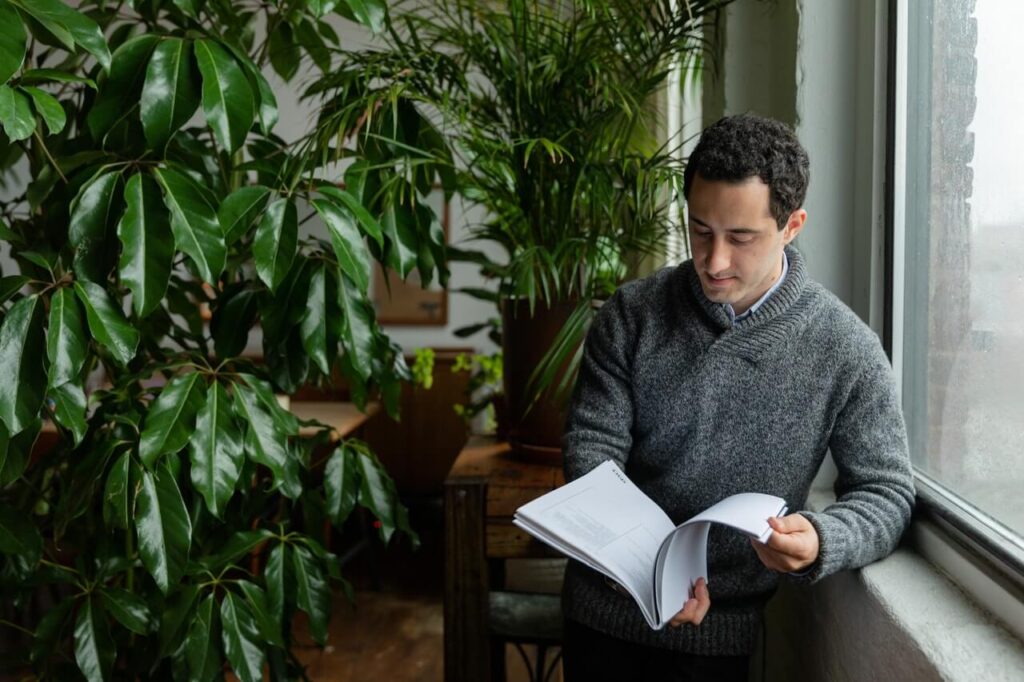
Quite notably, there has been an increase in incorporating green spaces into office layouts. An appreciation for natural elements is on the rise. More and more interior designers want to bring the natural environment into office designs. Large windows elements of the natural world such as water features or plants are becoming much more popular.
Larger space allows for the inclusion of green walls. Incorporating a natural color palette overrides the clinical grey and white or dark blue overtures of the past. Even worksurface options are moving towards natural wood designs away from metal desktops.
Outdoor terraces are becoming an excellent breakroom replacement because taking a walk or having a cup of coffee in the outdoors, surrounded by plant life and the sounds of water features, is a great way to unwind and boost productivity during long workdays.
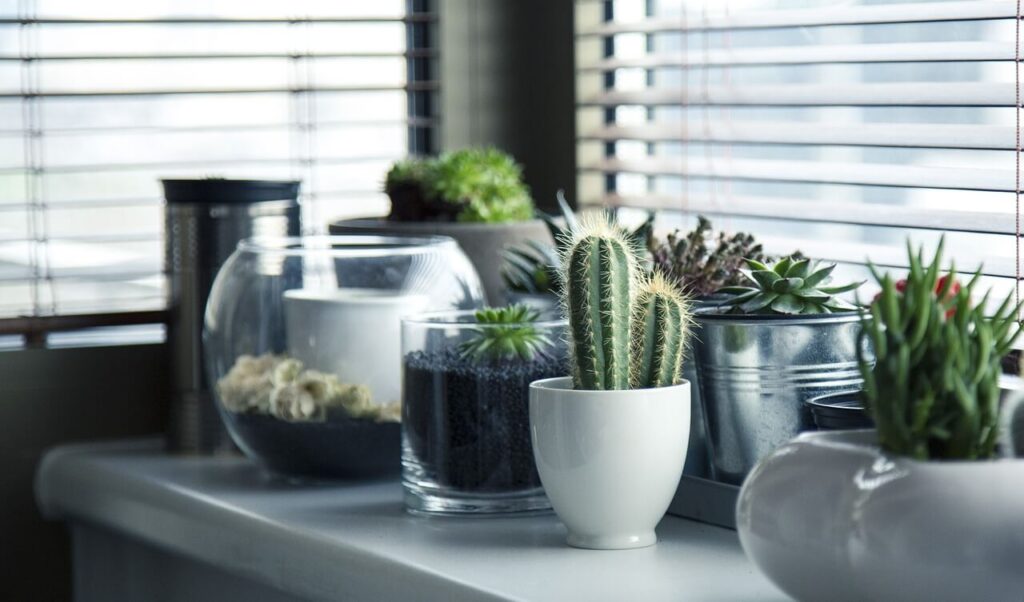
Modern workspace design has also increased the use of natural materials that are responsibly sourced and can add to the space’s home-like atmosphere and natural feel. However, there is also growing concern over the potential health risk of artificial materials that might be higher in harmful chemical compounds and do not last long under the scrutiny of natural light.
Exposed brick walls combined with various biophilic design concepts have become relatively popular as exposed brick reduces glare in office spaces and can handle moisture better than most paints or woods can. As a result, many interior design concepts are including industrial office design elements like exposed brick walls into their design concept.
In light of the pandemic and other health concerns, it is also a good idea to conduct group meetings in a space where a person sitting does not need to be in close quarters with someone sitting right next to them in a closed space. There is little stopping most businesses from conducting group meetings on an outdoor terrace around some coffee tables instead of stuffing employees into cramped boardrooms.
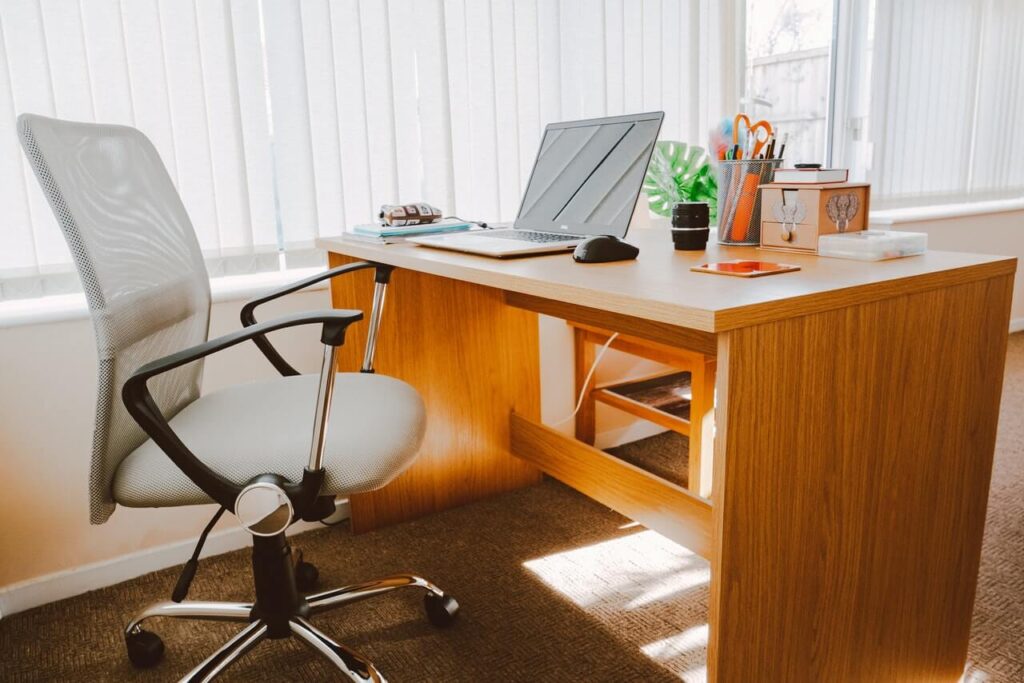
Modern offices incorporate much more natural light into their office designs, as was the norm 10-years ago. Large windows, skylights, glass walls, and glass doors add to our ability to bring more natural light into an industrial building. </p>
This reduces our overall exposure to blue light, which we know can be exceedingly harmful to our physical and mental health. We also know that exposure to natural light is essential to maintaining healthy vitamin D levels, improving mood, reducing stress, and staving off conditions such as Seasonal Affective Disorder.
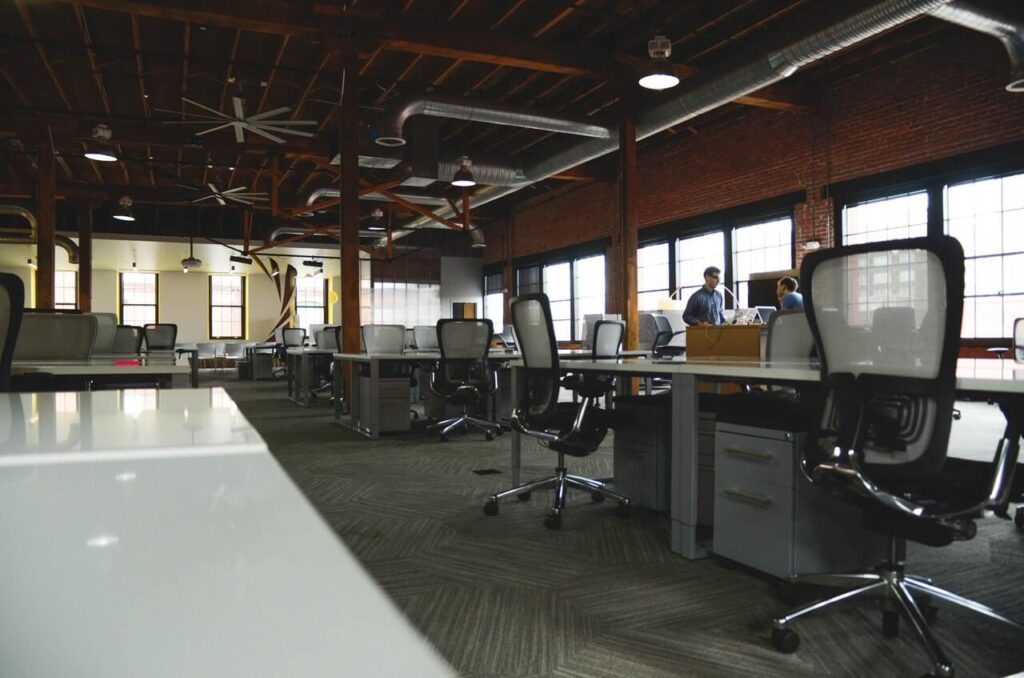
Ergonomic workstations are in high demand in modern office space. This has led to the incorporation of office features such as adjustable height desks, biophilic design, exercise ball chairs, and, most importantly, ergonomic chairs.
Ergonomic chairs are designed for optimal comfort and support to lessen those familiar corporate aches and pains associated with sitting in front of a computer for most of the day. In addition, a flexible workspace allows for the adjustability of furniture to suit the needs of individual employees.
An alternative for adjustable ergonomic chairs is an exercise ball chair. These chairs are best suited to employees who work best when active. Active furniture has paved the way for those who are kinesthetically orientated to increase their productivity while working in an office environment.
In addition to its benefits to kinesthetically motivated personnel, it also improves employee health as it encourages movement. Many of us do not have time or the motivation levels needed to go for a jog or go to the gym, so incorporating active furniture can increase our movement levels overall, which will have a markedly positive impact on our physical health.
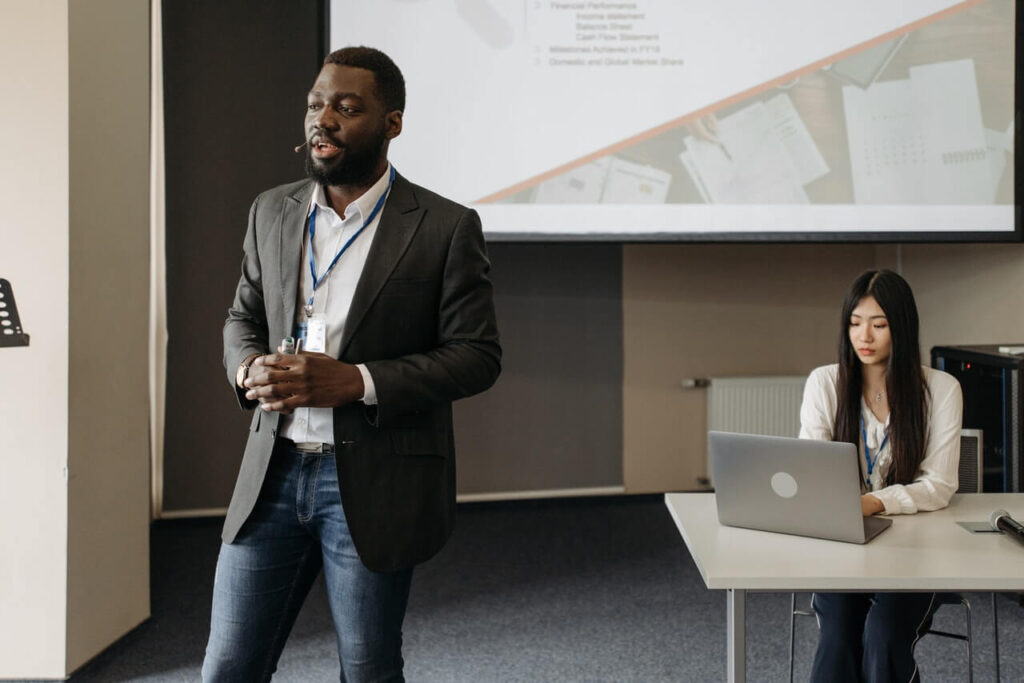
It has become increasingly evident in the modern world that the impressions we leave on people matter. The same goes for how a potential client would interpret an office space and its design scheme. If a company takes care and pride in its office design and puts some effort into interior design and a design concept that caters to the wellbeing of its employees, it is something that will not go unnoticed by potential customers.
Most of us understand that wellness breeds productivity, so when we can see that a company caters towards the wellness of their workforce, it is safe to assume that they will be more productive and a greater value for money than a company that gives far less weight to employee wellness and work environment.
Furthermore, larger office spaces with more space give the impression of success. Seeing several employees sitting at the same desk, working together actively, gives the impression of harmony in the workforce, and a dedication to teamwork and getting the job done. The interior design of an office space sets the tone for how customers see it.
Many office designs incorporate color psychology which allows a modern office design to plant moods and subconscious understanding in both employees and customers alike. In addition, high ceilings and glass walls increase the illusion of space and openness where it might otherwise not be possible.
Therefore, it is pertinent for the success of a business to incorporate modern office design elements into their office spaces.
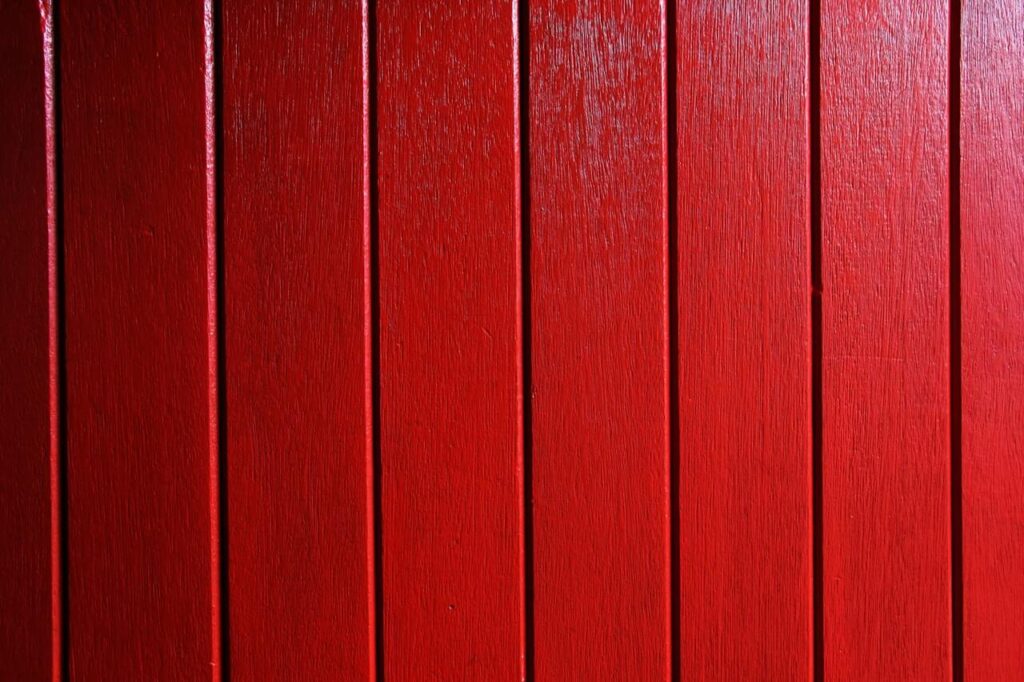
Red is the color of strength and passion. It catches the eye and inspires love and excitement. Moreover, there is scientific evidence to suggest that it increase circulation.
Red is a color that increases stimulation and symbolizes our physical need to survive and our innermost basic drives. It has also been proven to increase metabolism.
Caution
Too much of a good thing can be very bad in this case. Overuse in the environment can cause headaches and eye strain.
Wearing too much red can make you come across as bossy.
We also need to remember that red is the color of danger and is used on warnings the world over.
Orange is a color that says, “I am confident. I am brave.”. It exudes success and suggests sociability. Orange offers optimism and can stimulate the appetite while still indicating energy and affordability.
Caution
We need to bear some negative connotations to orange in mind. Orange is stereotyped as a ‘prison color,’ There are also corporate connotations to an orange color being ‘not good enough yet.
Yellow is a color that shows happiness, warmth, and playfulness. It is uplifting and suggestive of joy and warmth. It also suggests high intellect.
Caution
Too much causes anxiety and increases nervousness. On the other hand, wearing too much yellow can suggest impatience and cowardice. Or it can mark you as being judgmental.
Green is a trendy color for financial services and environmental services. It is the color of nature, freshness, harmony, quality and suggests freshness and growth.
Light green indicates healing sensations, whereas darker greens suggest wealth.
Caution
Overuse of green in spaces increases tiredness, and wearing too much green can make you seem greedy or jealous.
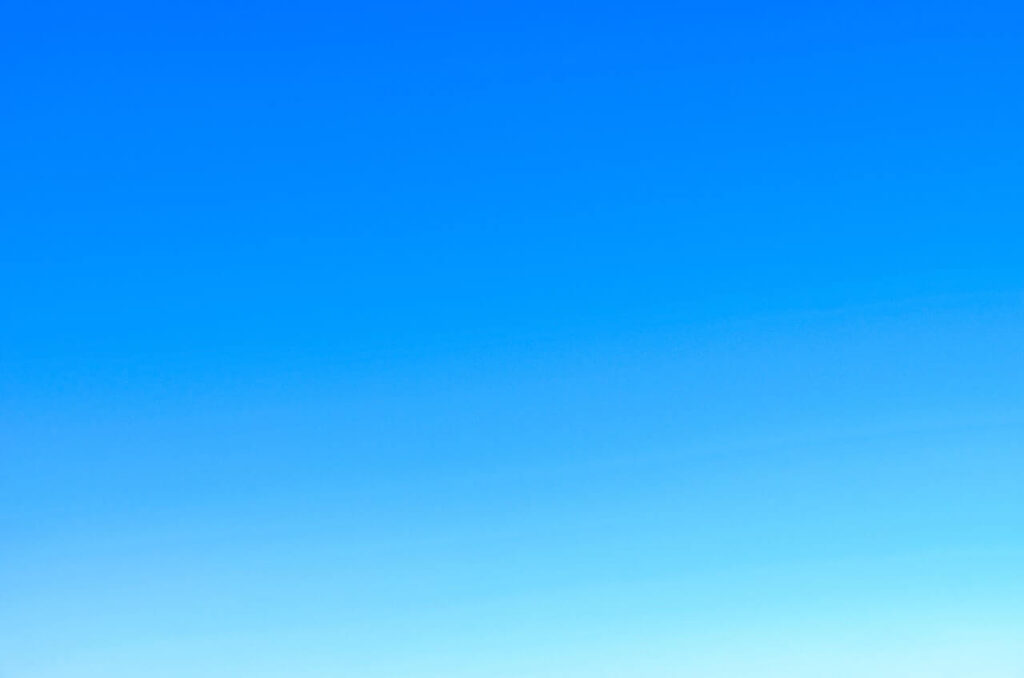
Blue is the most popular corporate color. It suggests trust, loyalty, and competence. It is also calming and adds to a serene atmosphere.
Caution
Because blue is so prevalent in the corporate world, it often suggests conservatism or too much maturity. There is also the risk of blue’s significant negative connotation with sadness.
To combat this, it might be a good idea to choose nonconventional shades of blue, such as teal or something more decadent and not as dark as the traditional navy.
Pink is perhaps an unconventional color for the office. But it evokes feelings of compassion, serenity, and kindness. It also suggests subtle sophistication and a lighter kind of professionalism than its traditional blue adversary.
Caution
We need to use caution with the incorporation of pink into the business world. Too much pink in the environment or your wardrobe suggests immaturity and a typical ‘girliness’ that is inappropriate for serious business. You will need to find a balance between the whimsical element of pink and the sophistication required for business dealings.
White is often a color that occurs in abundance in the modern world. It is clean and straightforward and often suggestive of innocence and honesty.
Caution
Because of its abundance, we need to be careful not to overuse it, as overuse becomes clinical and empty.
Brown is the color of dependability and trustworthiness. It suggests a simple but rugged feeling and puts us in touch with our roots.
Caution
Overuse of brown can cause feelings of isolation and create a sense that we have been abandoned.
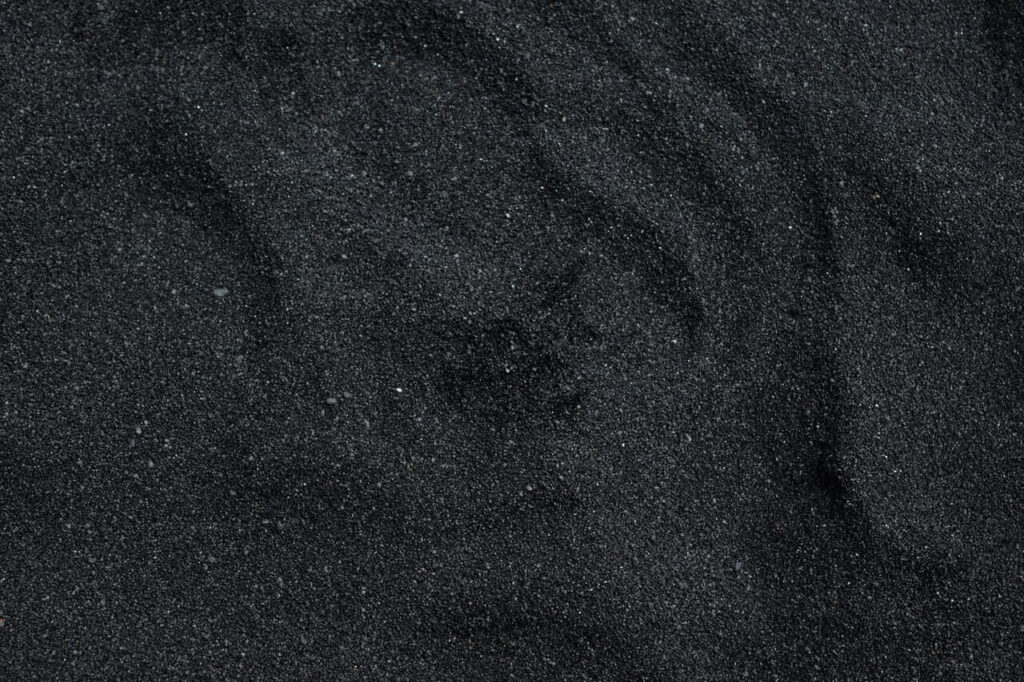
Black is a color that is either feared or adored; there is very little room for something in-between. It is suggestive of power and boldness and can create feelings of security.
Black is also a popular choice for showing off formality and sophistication. However, it can also add a sense of boldness and drama to a business venture.
Caution
However, black also carries heavy negative connotations. Even to the point of evil, mystery and darkness can be sensed with black are in abundance.
Purple is the color of luxury and royalty. It is often associated with a plush velvety richness and, therefore, with ambition.
Alternatively, purple can also be highly spiritual and encourage introspection or show off a subtle hint at wisdom.
Caution
When overused, it becomes impractical, and wearing it too much can make you appear rowdy or immature.
